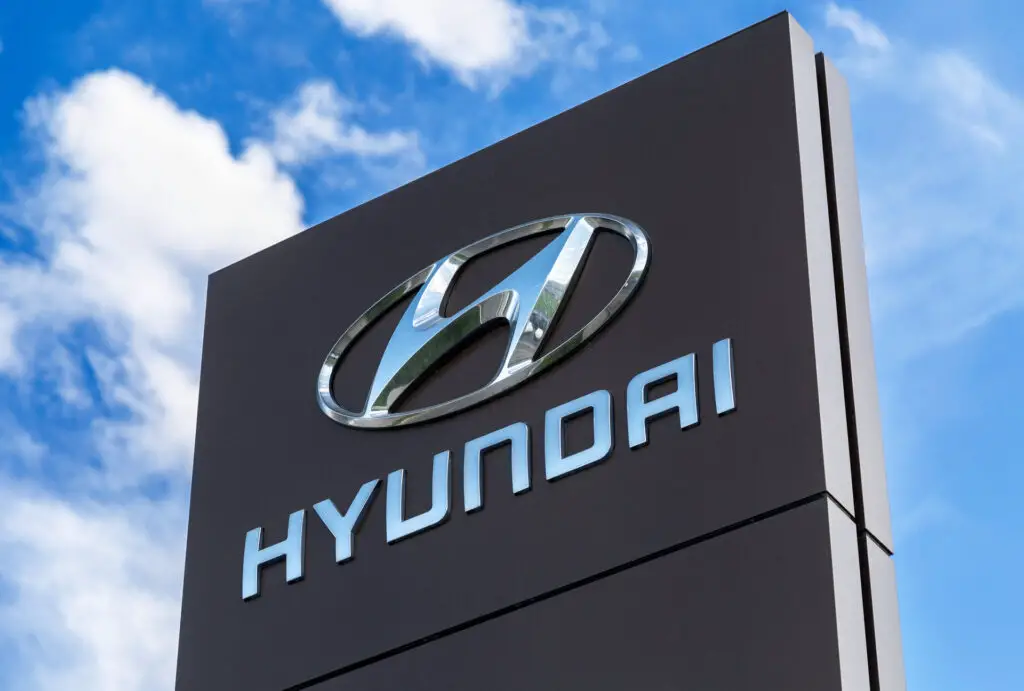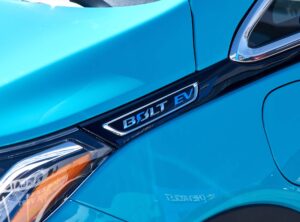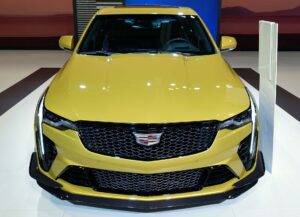Is the tariff talk shifting gears? Just when you thought all was said and done, Trump car tariffs are back in the spotlight, and this time, the president is talking about easing up. What does that mean for automakers and buyers? Is it really good news or one of those things you need to read the fine print for to truly understand? Here’s everything you need to know about the most recent developments.
Trump Hints at Softer Rules for Automakers
Donald Trump surprised many by suggesting he might ease the tariffs on imported cars that were put into place what feels like just yesterday. It seems like the president is trying to gain favor with auto executives who have long complained about how much the 25% tariffs are hurting their global supply chains and bottom lines.
Sources say Trump’s tone has changed, especially with big-name companies like Toyota, BMW, and Volkswagen, all of whom have large production footprints in the US. His past policies made life tough for them, but now, he seems to be revving up a new offer to get on everyone’s good side.
Auto Factories First, but at What Cost?
Trump’s original argument for these car tariffs was pretty clear. Protect American jobs, especially in the Rust Belt, and make foreign companies build more cars in the US. To some extent, it worked. Companies like Hyundai and Honda expanded their US operations to avoid problems. However, all of this also raised prices and upset trade partners, making it a bit of a political hand grenade.
Now, with inflation still a hot topic and EV competition heating up, there’s growing pressure to rethink those policies. Automakers want fewer roadblocks, and Trump is starting to entertain meeting them halfway.

Trump Car Tariffs Are More Than a Bumper Sticker Issue
This pivot isn’t just about diplomacy or economics. It’s also about headlines. With the auto news cycles packed with EV launches, plant closures, and global competition, the tariff debate fits right into the chaos. Any change in policy would directly affect how and where vehicles are made, how much they cost, and even which models make it to the famous US routes.
Buyers might not be following the tariff drama line by line, but they’ll definitely feel the impact in their wallets. Analysts say lifting some tariffs could lower vehicle prices slightly, especially for European and Asian brands. That’s big news for anyone looking to buy a new car in 2025. Just don’t start spending your savings yet – this rollercoaster’s still climbing, and we’ve seen twists before.
A Political Pit Stop With Global Traffic
This whole situation isn’t just about Trump or America. Countries like Germany and Japan have been fuming over the tariffs. They argue that the policies hurt global trade and punish companies that actually invest in the US. Trump’s new approach might smooth things over, but it could also raise questions. Is this a temporary olive branch or a real change in direction?
And let’s not forget China. Trump hasn’t exactly softened his tone there, but a move to relax tariffs on non-Chinese imports might be a strategic play to isolate Beijing while cozying up to allies. Like a complicated roundabout, this could go in many directions.
All This Talk Is Leaving Automakers Cautiously Optimistic
For now, the auto industry is treating this news like a weather forecast – promising, but far from guaranteed. Some automakers are reportedly taking Trump’s private comments seriously and re-evaluating their long-term US strategies. Others are waiting for something a little more official than whispers in a boardroom.
The stakes are high. Just last year, Americans bought around 8 million imported cars. The tariffs could seriously switch up these numbers. So, while Trump hasn’t officially announced any tariff rollbacks, even the suggestion is enough to set the industry buzzing.

Here’s What We Can Expect From the Road Ahead
If there’s one thing we’ve learned about Trump and trade policy, it’s that nothing is ever final. This latest twist in the story feels like a soft sell, aimed at grabbing attention and maybe winning back corporate allies. Whether it turns into a real shift in policy or just another ploy remains to be seen. So don’t blink – in this world, the next U-turn could be just one tweet away.








